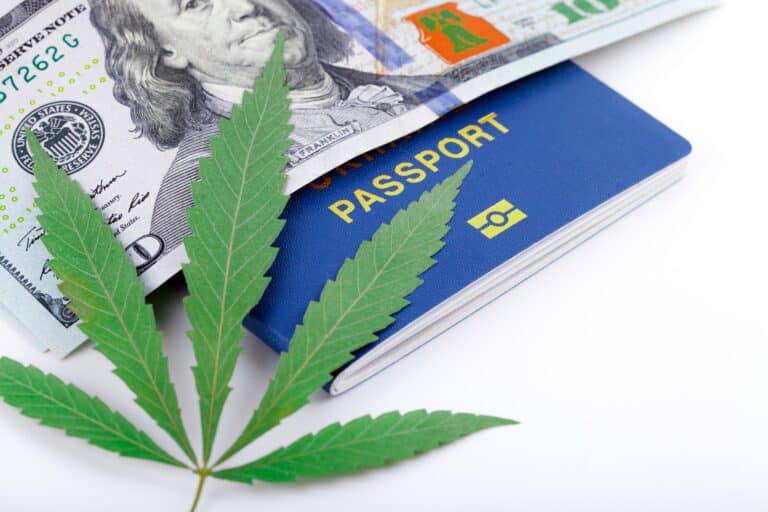https://compcaremd.com/wp-content/uploads/2021/03/F5A765C1-9BC4-46F1-910B-204FFA6E80F3_4_5005_c.jpeg
The opioid overdose crisis falls among the most significant public health challenges, suffered by North Americans. The opioid epidemic was responsible for damaging the lives of over 70,327 people in the United States and 3,987 in Canada in 2017. These figures have continued to rise as the years go by, with little sign of slowing. People are increasingly considering cannabis as an effective tool that can help curb the opioid crisis.
Opioids are powerful drugs meant for treating pain. Several reports link the use of prescribed opioid painkillers to an increase in heroin use. A study conducted on young heroin users shows that most heroin users had previously used pain relievers nonmedically before switching to harder street opioids. Another study showed that most users who abuse opioids started by abusing prescription drugs.
How opioids function in the body
Opioids work by interacting with opioid receptors, called mu receptors, found in the brain, spinal cord, and other tissues of the human body. When opioids bind to these receptors, it prompts the flow of endorphins – natural opioids produced by the body. The release of endorphins reduces the feeling of pain by increasing the flow of dopamine, which can inversely engender a sense of euphoria when taken in high doses. The pain-relieving effect of opioids reduces over time and the more opioids consumed the more your tolerance builds up. This makes the body start demanding higher doses to achieve pain relief which results in dependence or addiction. The risks of opioids, as well as the danger of problematic use, are due to the capacity to produce an overdose. Opioids can depress the central nervous system and when it’s taken in excess quantities it can affect breathing and contribute to heart failure.
Cannabis and opioids
Cannabis works as an analgesic. The consumption of tetrahydrocannabinol (THC), the primary active ingredient in cannabis, activates the CB1 cannabinoid receptors found in the entire nervous system, and the CB2 cannabinoid receptors found primarily in the immune system, specifically in the spleen and tonsils. The activation of CB1 and CB2 receptors give rise to pain relief, muscle relaxation as well as psychoactive reactions. While cannabis can also be abused like any other substance, unlike opioids, high doses of THC cannot lead to death.
Using cannabis with opioids can result in an ‘opioid-sparing effect’ in which the user can achieve high pain relief at lower opioid doses. Since CB1 cannabinoid receptors and opioid mu receptors are located in the same pain-signaling regions of the spinal cord and brain, these cause synergy in the analgetic effects between opioids and cannabinoids. While the opioid crisis continues to soar, proof of the opioid-sparing effect of cannabis has given hope that cannabis may improve opioid abuse use by decreasing the doses of opioids consumed and decreasing the rates of physical dependence.
Bottom line
Despite the need for more research to better understand the possible benefits of cannabis in reducing opioid abuse rates, we hope that the loosened legal restrictions for research that comes with cannabis legalization in Canada will pave the way for generating empirical evidence.
Nonetheless, cannabis alone will not stop the main problems of the crisis in which we are currently in.
Copyright © 2024 Medical Marijuana Doctor - MMJ Doctor Near Me
Site by CannaPlanners




